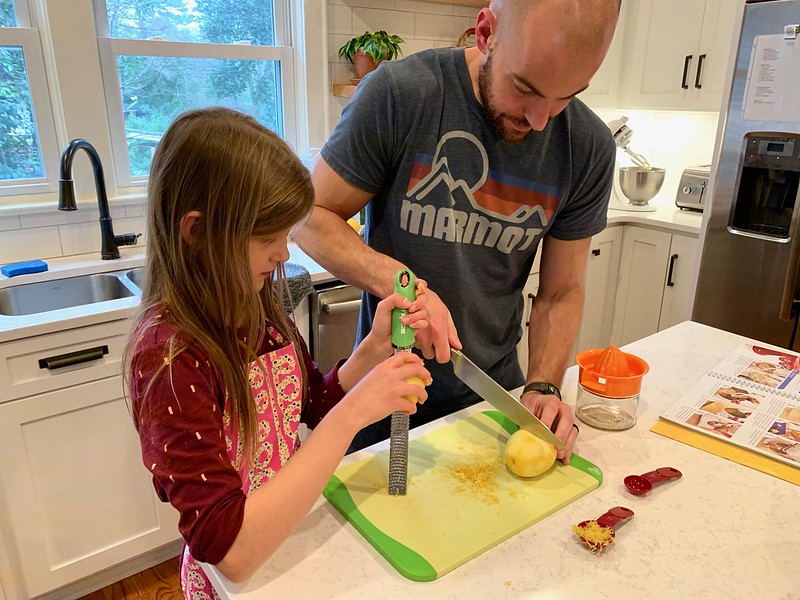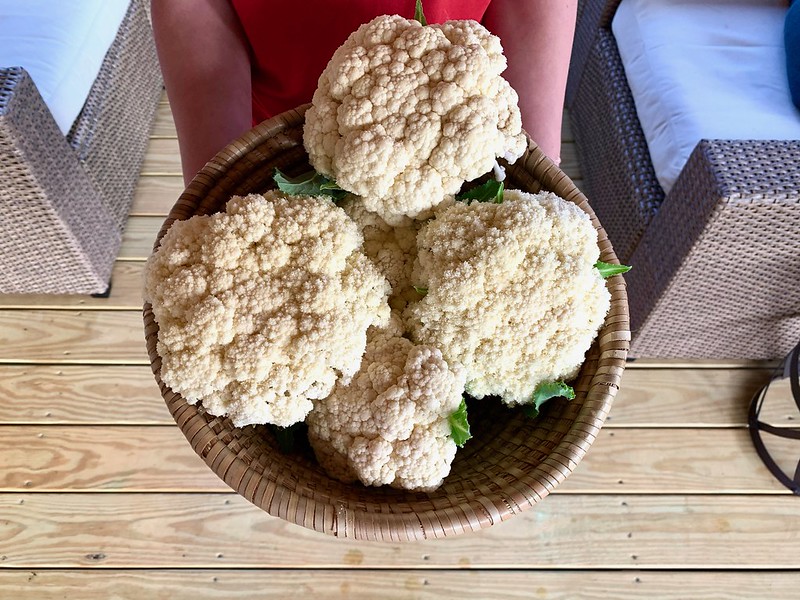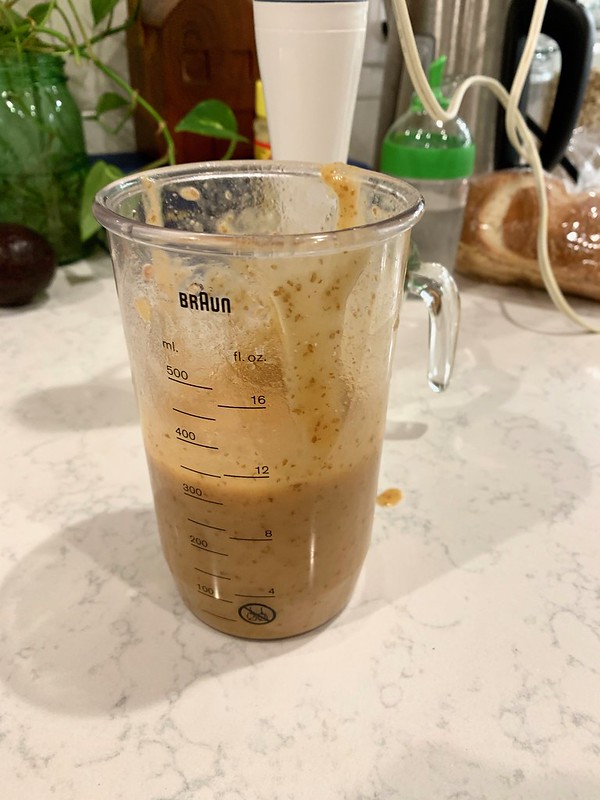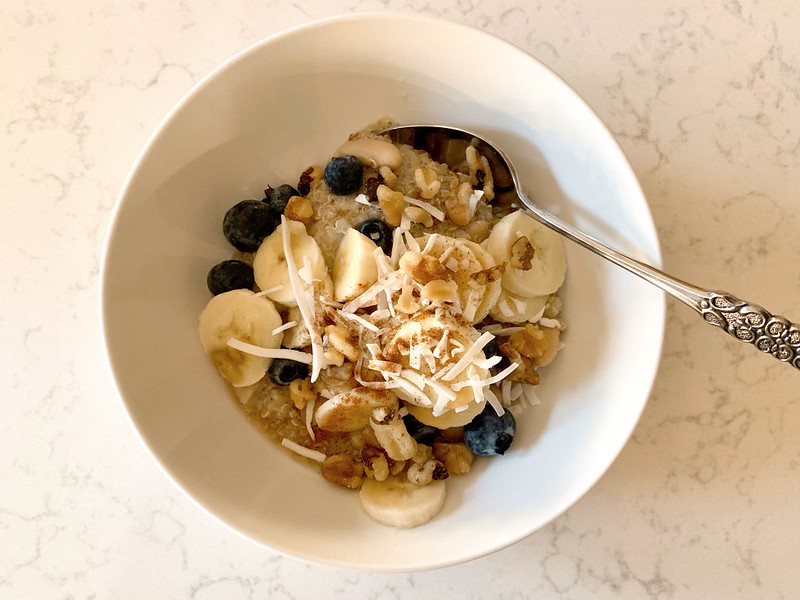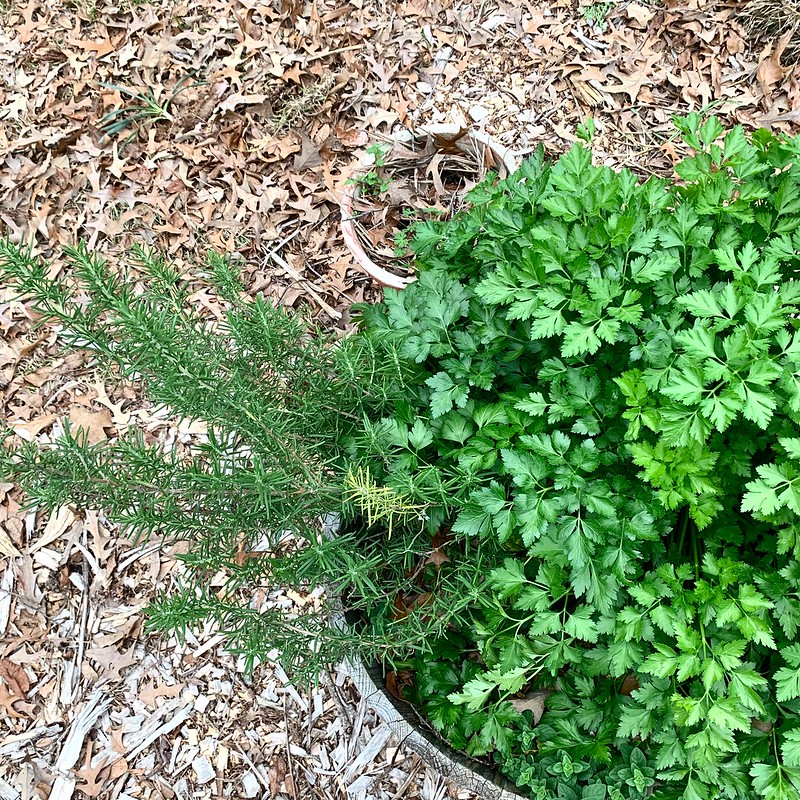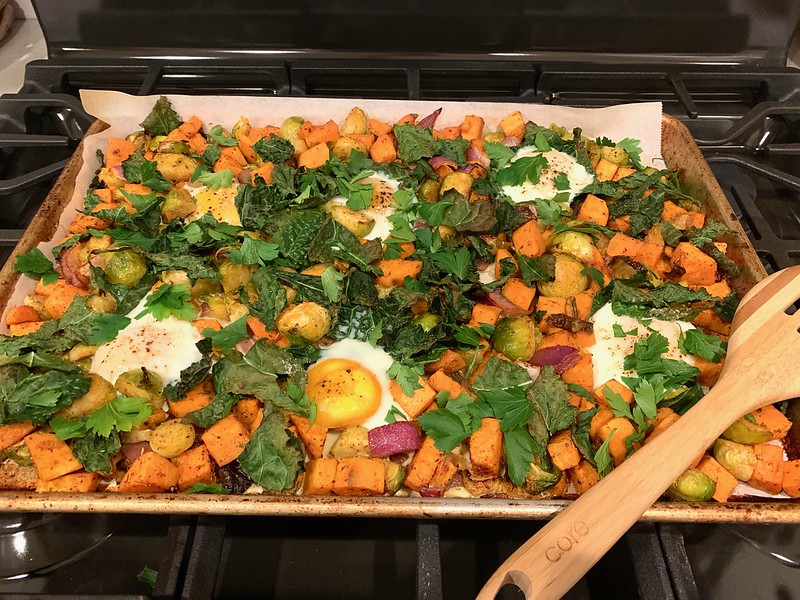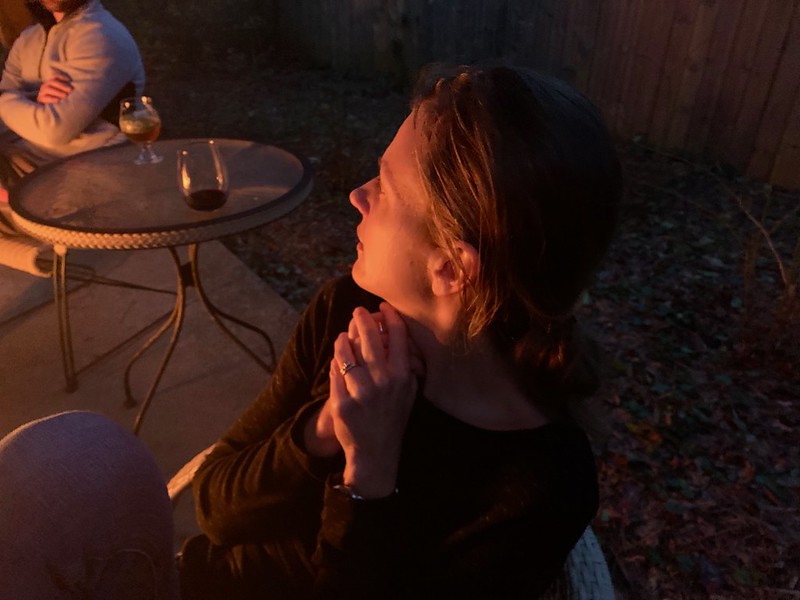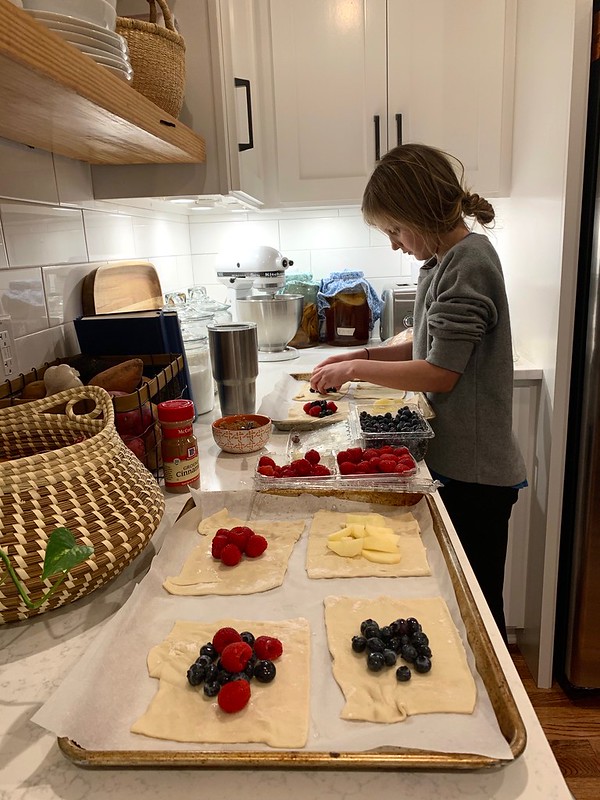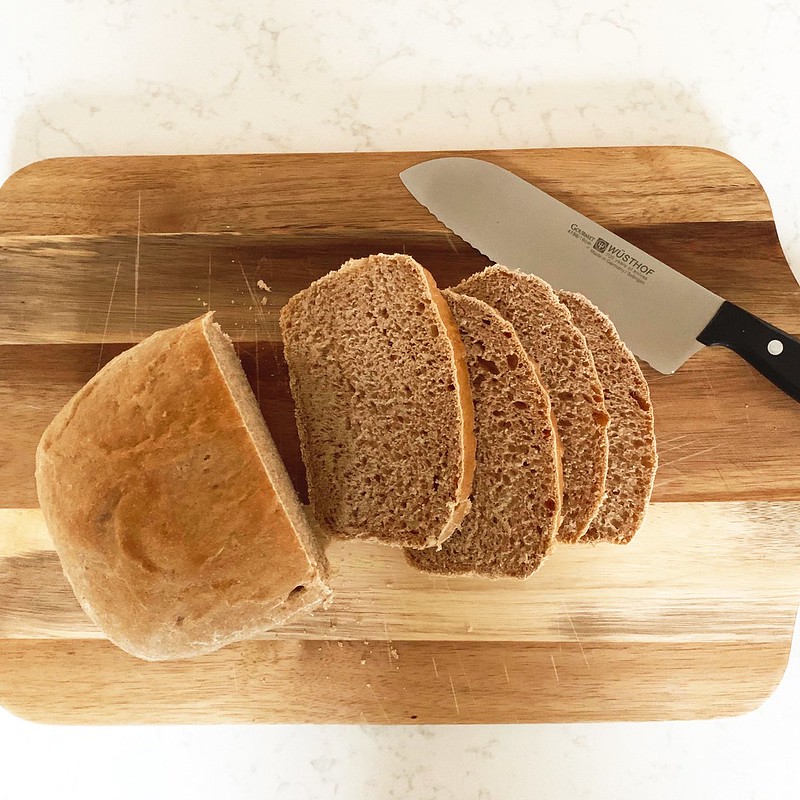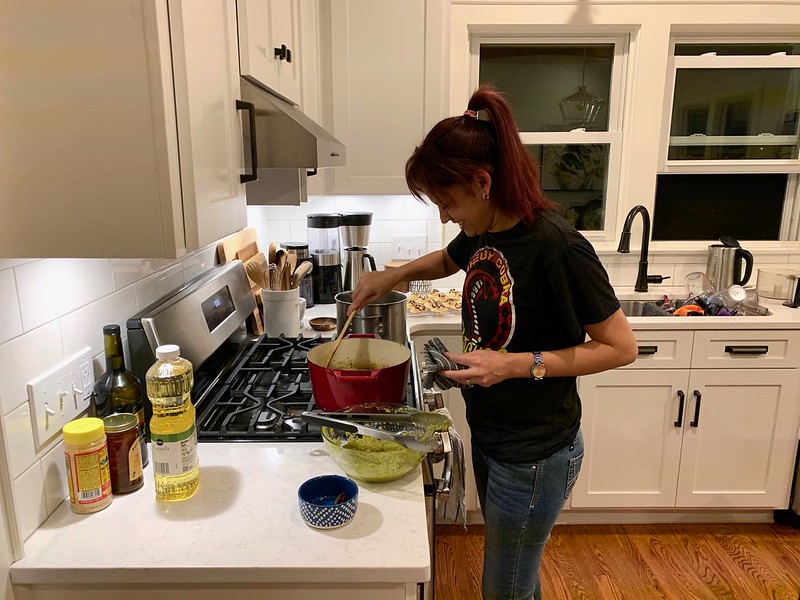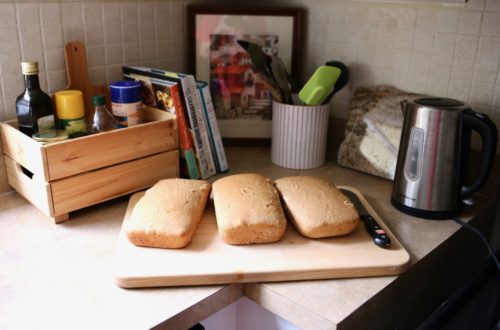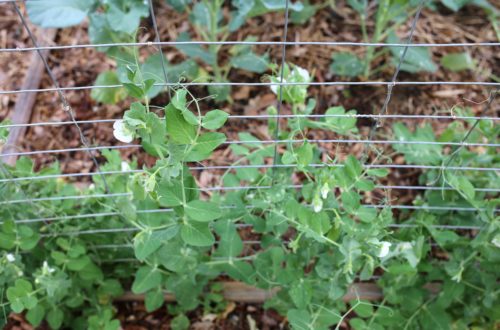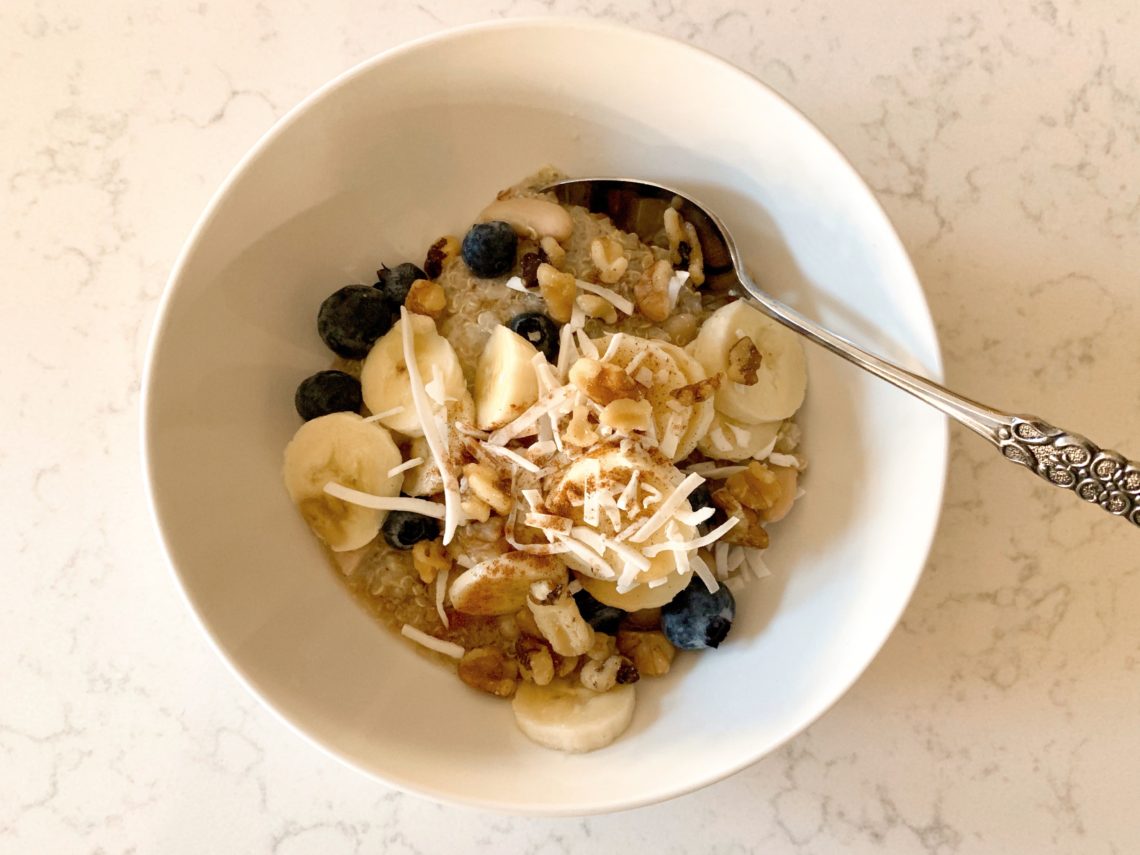
food reset.
If you’ve followed our blog for several years, you know I’m one for New Year’s resolutions.
I love making them. I love talking about them with anyone who will listen. I love keeping my resolutions for a few weeks. I love attempting to regroup sometime around April when I realize that I’ve totally back-slidden. I love trying again.
A big resolution for me at the end of December was to take back control of my eating habits.
We tried to be as healthy as possible during our kitchen renovation, which lasted from end of May through the end of September, but we still ate a good many snack foods that we hadn’t typically kept in the house. The kids were delighted by the overflowing snack basket I kept at all times in the living room (which doubled as our dining room), for convenient, grab-and-go snacks.
Then shortly after the kitchen was finished, Halloween hit. Halloween through Noah’s birthday on December 31st is one long illustration of the fact that every member of the Gentino family has a serious sweet tooth.
I have no problem with sweets — baking is one of my favorite hobbies, after all — but it was getting out of control. I don’t like feeling dependent on sugar — needing sugar in my coffee to start my day, then a sweet treat mid-morning, one with my afternoon cup of tea, and so on. And homemade sweets are one thing, but grabbing a mini-Snickers bar every time I walk past the pantry is another.
David and I knew that we wanted to start 2020 on a healthier foot (stomach?).
So we sat down over Christmas break and created some goals for our “January food reset.”
Rather than give our eating plan a label, we tried to keep it simple: Just eat lots more fruits and veggies, and stick to mostly whole foods (by “whole foods” I mean just the food itself, like “almonds” rather than “snack bars containing almonds.”). To do that, we needed to not buy packaged snack foods, like crackers, chips, etc. Because if they’re in the house, we eat them!
In addition, I wanted to start eating gluten-free again, learn to drink my coffee black, and drink kombucha on weeknights instead of my favorite after-dinner treat, a glass of red wine.
Well, then David’s parents decided to one-up us by choosing to eat vegan for the month of January. Or, as they call it, “whole foods, plant-based” (this means it’s not just vegan packaged foods that try to replicate regular packaged foods). Linda invited me to a book club she’s in, to discuss their January book, How Not to Die, by Dr. Michael Gregor.
I loved the book and the discussion, and got swept up in the book’s research and fervor over the health benefits of eating a plant-based diet.
So I decided to give it a try myself.
I’ve always secretly wanted to be vegan. The diet just appeals to me. I’m not a huge fan of meat. Plus, David and I have felt for the last couple years that we have a long way to go in creating synergy in what he’s growing in the garden, and what we’re eating on a daily basis.
I wanted some inspiration and new habits to make sure all that delicious produce isn’t going straight to the compost pile.
So I dove into my experiment in plant-based eating at the beginning of this month.
Two cookbooks I recommend, whether you’re plant-based or not, are The How Not to Die Cookbook, and Food52 Vegan. Both are available at the library, but Linda and I loved them so much that she decided to buy one and I decided to buy the other, and we’ll share.
They are full of healthy, delicious, colorful, inspiring recipes.
Dr. Gregor’s book is entirely sugar and salt-free, so I make modified versions of his recipes. I’m fine to cook without sugar for January, but not salt! There’s been a bit of a learning curve as I shoot Linda a text about my date syrup sweetener, asking, “Is it supposed to look this sludgy?” (she said yes)
David and I have learned to eat “morning grain bowls” for breakfast, which consist of quinoa or steel cut oats, mashed white beans, and almond milk, topped with berries, sliced bananas, nuts and date syrup. It’s definitely not a taste I’ve been accustomed to first thing in the morning, but I’ve grown used to it. Full disclosure: I now use a drizzle of maple syrup in place of the homemade date syrup.
Both of us feel better with a real breakfast. Oatmeal, grain bowls, avocado toast in a pinch. The kids can make themselves eggs, yogurt with fruit, or we’ll have oatmeal. On the weekends they can have cereal if they prefer.
After years of eating a salad every day for lunch, my taste buds rebelled and I struggle to eat them now. I can do it a couple days a week, but for daily lunch, I’ve been eating leftovers, or roasted veggie bowls with brown rice or quinoa. If they feel too dry, I drizzle some vinaigrette dressing on top.
I’ve had so much fun experimenting with food this month.
Seeing our counter lined with fresh produce makes me happy. The first week was full of grogginess and sugar cravings, but now they’re gone. For a couple weeks I treated myself to a square or two of dark chocolate in the afternoon, but now I hardly even need it.
The downside is that last week I found myself really weak and sick.
I discovered that I’d started to lose weight eating plant-based. I felt like I was eating all the time, but cutting out meat and fats wasn’t a good fit for me. I am already underweight, and just don’t have margin to lose weight without feeling awful. I had headaches, felt light-headed and like I just wanted to sleep all the time.
I was so disappointed. I loved being plant-based! And I do believe that the way meat today is farmed and processed isn’t healthy.
But I quickly added back in some meat and fats after I felt so terrible, and now I’m doing much better. At the advice of a friend who’s an MD, I’m also drinking 1-2 green smoothies a day as supplements to meals, rather than meal replacements, which is what I used to do. They’re still vegan, but I add an avocado, almond milk, or almond butter for fat.
This is probably best for our family morale. Our kids have had a great attitude about the whole experiment in general, and both Judah and Amie have taken initiative to eat healthier on their own — we didn’t ask them to do the food reset with us. However, all four kids drew the line when I served “lentil and cauliflower tacos” on Taco Tuesday.
David was in charge of dinner last night, and planned to make pasta with duck. Judah looked a little alarmed when he heard, but David said, “Don’t worry, it’ll have lots of cheese in it.” Judah: “Wait — lots of cheese or lots of nutritional yeast?”
If you don’t know what nutritional yeast it, it’s basically a healthy cheese replacement for vegans, that I’m mildly obsessed with.
Poor Judah. He’s learned lots of new vocabulary this month.
Years ago, David and I read a lot of Michael Pollan, and he recommends, for health purposes (and the environment), trying as much as possible to consider meat a side dish to vegetables and whole grains, or even as a flavoring to meals. An example he gives is cutting the amount of ground beef in half for your spaghetti sauce recipe. It stills flavors the dish, but it’s better for you.
That’s what we’ve settled on this month, with burgers on the grill thrown in every once in awhile, and entirely meatless meals every once in awhile.
For the most part, everyone has enjoyed the new recipes we’ve tried. The above sheet pan dinner was a bit of a flop though. I think I overcooked the eggs and dried them out.
A much more popular sheet pan dinner with the family is the above veggies (or really any vegetables in the crisper we want to use up), with half a package of chicken sausage chopped and mixed in. We eat it one night a week.
In addition to eating a lot more produce (and actually finishing all the produce in the fridge rather than throwing it out before grocery shopping day), we’re eating way less dairy. This month the kids completely lost their taste for string cheese, which they previously felt was necessary to their existence.
I am a huge fan of cheese and never thought I could let a block of sharp white cheddar sit in the fridge untouched for over a week, but I am now. I just don’t even think about it.
Now I do still like sugar and half and half in my coffee. That’s a failure of this month: I tried to switch to black coffee and failed utterly. Again.
Well, I’ve made so many other good changes, that I’m willing to let this one slide for now.
I’m posting this pic of me with no make-up and hat-hair because Amie said, “I want to take your picture, Mom,” and also so you can see that weekends are for indulging in a glass of wine by the fire pit, or eating one of Amie’s homemade desserts.
At the end of the day, that’s the goal David and I have.
We want to eat healthy as a habit so that we can really savor the times we have treats — rather than mindlessly eating/drinking treats as a habit.
We both feel like it’s working, that our treats are more fun precisely because we’re not consuming them all the time.
If you’re wondering whether it costs more to eat this way, the answer is yes. We aren’t buying meat at all right now (thanks to my dad, who stocked us up on venison after a hunting trip, and a sale on Publix chicken breasts), but nuts, fruit, and frozen fruit are all pricey. I didn’t set out to buy more organic food, but a lot of the whole grains I buy only come in organic options. Also the sodium content of organic canned beans is lower than low-sodium non-organic beans, and even vegetable stock has all kinds of additives.
It’s disheartening to read labels in the supermarket and realize just how many extra ingredients are in the food we eat. Dr. Gregor’s point in his book is that clean eating is an investment that pays off in the long run with fewer health problems. So I’m trying to take a few small steps where I can and not feel guilty about the rest.
Really, all this reset is, is getting us back to the way we ate after we returned from India and I was trying to rebuild my health.
Now for the fun stuff.
In January I started my kombucha operation back after the renovation. The SCOBY’s are still thriving after seven months in their “SCOBY hotel.” My friend Beth gave me a new sourdough starter (that one did not last), and as of this weekend, I’m making sourdough bread again, much to the family’s delight.
I’ve also started baking homemade gluten-free bread again — for the first time since we adopted the boys five years ago. I do all of this because it brings me joy. I told David that cooking and baking delicious food feels like a practical way for me to be a creator, not just a consumer. It’s a way to steward the gifts God has given us, like money to buy and grow healthy food, and this splendid, light-filled kitchen.
And food brings people joy, which brings me joy.
Of course, it also brings me joy when other people want to come over and cook for us in our kitchen, like our friend from Trinidad, who makes an amazing chicken curry:


